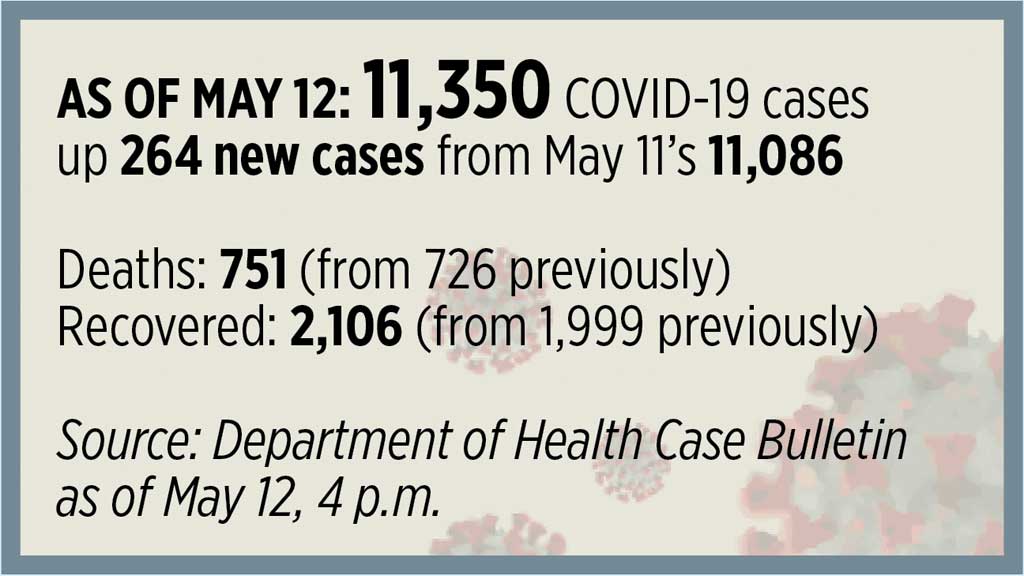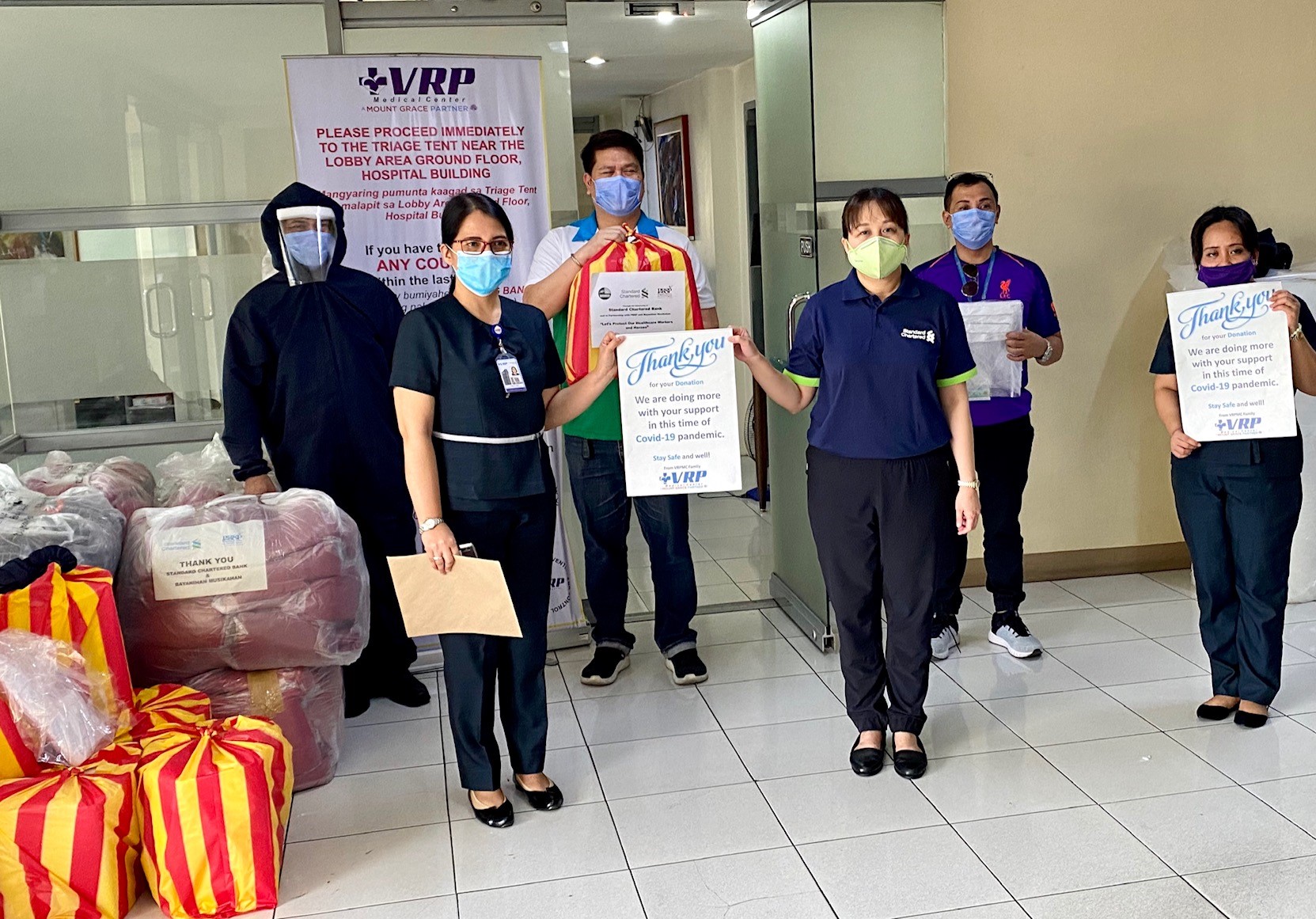Jordan mindset
Little outside of the ultimate outcome could adequately explain away Michael Jordan’s singular abrasiveness throughout Episodes Seven and Eight of The Last Dance. Heading into the new week, much of the run-up to the release of the latest episodes of ESPN’s documentary series was devoted to underscoring the surprise — shock, even — of director Jason Hehir in the face of its principal protagonist’s willingness to be portrayed negatively. And if any further proof was needed to mark the behavior as abhorrent, it was in his pronounced disbelief that the best of the best in the sport allowed the inclusion of unflattering footage. Stripped to basics, his view was as much a unique selling proposition as an indictment of the truth.
Indeed, Jordan was branded a “jerk” and an “a — hole,” and by the very teammates with whom he carved paths to the championship. He spared no one, and, sometimes, his attacks would escalate from verbal to physical. For all the characterization of his actions as reprehensible, however, there was the accompanying context: They were precisely why the Bulls won. He even deemed it a source of pride. “You ask all my teammates,” he argued. “The one thing about Michael Jordan was, he never asked me to do something that he wouldn’t f — ing do.”
Jordan’s justification of the dynamic notwithstanding, there can be no glossing over its abusive nature. Perhaps he couldn’t have been wired any other way, not when he strutted his stuff in an era that condoned mugging in the paint, and not when the bullying Pistons, erstwhile rulers of the roost, informed his nation of success. Nonetheless, the narrative that The Last Dance appeared to promote is fallacious at best. The Bulls thrived simply because he was without peer on the court, with those around him made better by his utter refusal to lose. They didn’t display superior versions of themselves under the klieg lights because he beat them up first away from prying eyes.
Sorry, but no amount of repeating the opposite can change the truth. If anything, a compelling contention can be made that the Bulls stamped their class despite being weighed down by oppressive circumstances. Dysfunction ruled the days of the red and white — from general manager Jerry Krause butting heads with head coach Phil Jackson to All-Star Scottie Pippen going to war against ownership to Jordan pulverizing whatever egos his supporting cast had in order to feed his own. True, there can be no disputing the results. Then again, there is also no disputing the most critical reason behind them. His Machiavellian pursuits paid off because he was first among equals in sanctioned competition, period.
Make no mistake. Jordan believed, and still believes, his being exceedingly hard on his teammates toughened them up for the battles ahead. The fact that his spirited defense of his actions at the end of Episode Seven led him to tears, however, accentuates, at the very least, his acknowledgment of the contrarian opinion. Presented with a blank canvas, he chose to paint it black and blue. Meanwhile, the very concession to his unparalleled talent lends well to the alternate explanation: He could have collected hardware with any color — but become a better winner in the end.
Anthony L. Cuaycong has been writing Courtside since BusinessWorld introduced a Sports section in 1994. He is a consultant on strategic planning, operations and Human Resources management, corporate communications, and business development.




